News
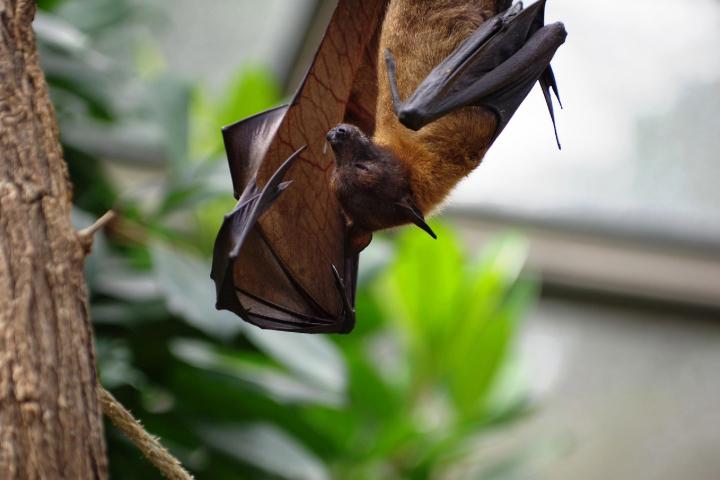
November 03, 2025
Cornell's Dr. Raina Plowright weighs in on how habitat loss and stress drive spillover risk and why protecting bats could help prevent the next pandemic.
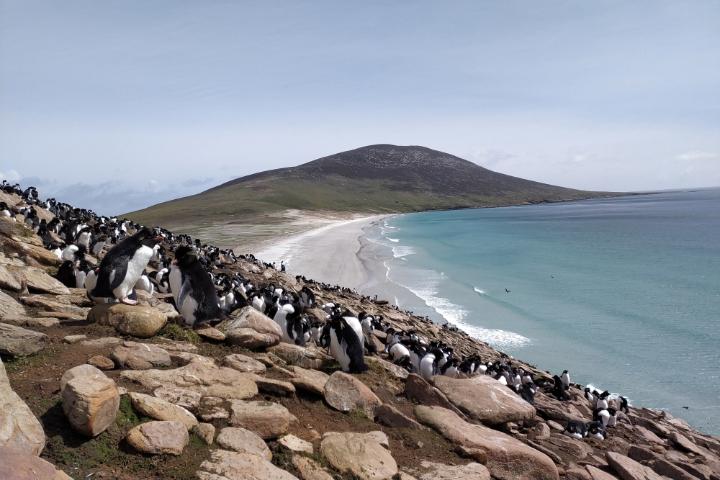
Podcast
October 28, 2025
From penguins and albatrosses to vultures and beyond, Dr. Amandine Gamble's research takes her to one of the most remote places on Earth to tackle some of today’s most urgent wildlife health challenges, including the spread of highly pathogenic bird flu.

Video
October 27, 2025
Dr. Steve Osofsky moderates a discussion on opportunities for addressing wildlife health, natural resources management, and related economic challenges at the Fall 2025 National Academy of Sciences Board on Animal Health Sciences, Conservation, and Research meeting.
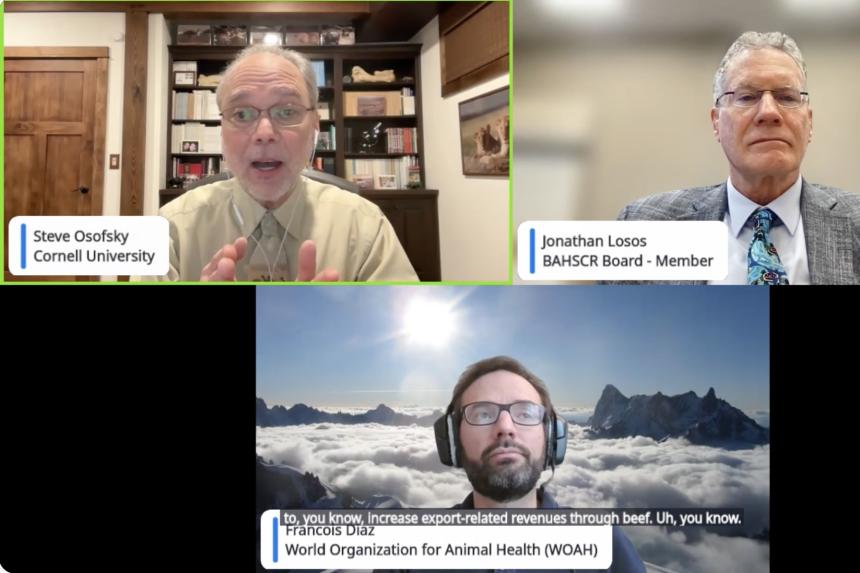
Video
October 27, 2025
As a panelist at the Fall 2025 Meeting of the National Academy of Sciences Board on Animal Health Sciences, Conservation, and Research, Dr. Steve Osofsky discusses approaches to wildlife-compatible land use, environmental conservation as a cost-effective public health intervention, and more.
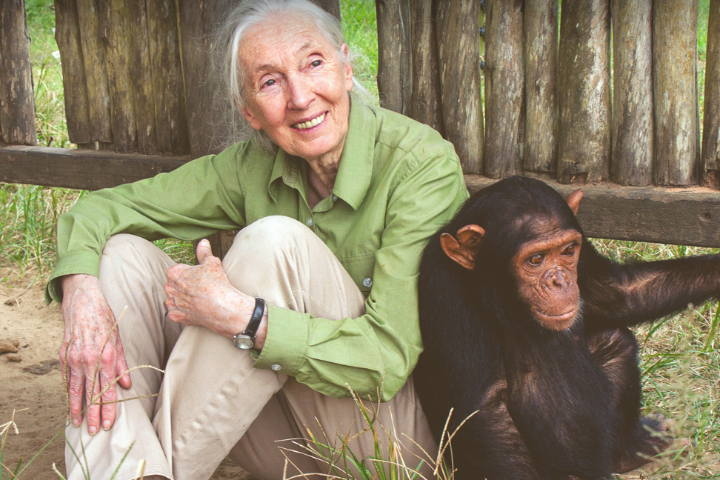
October 24, 2025
Cornell's Robin Radcliffe honors the pioneering researcher and former A.D. White Professor, who passed away in early October....
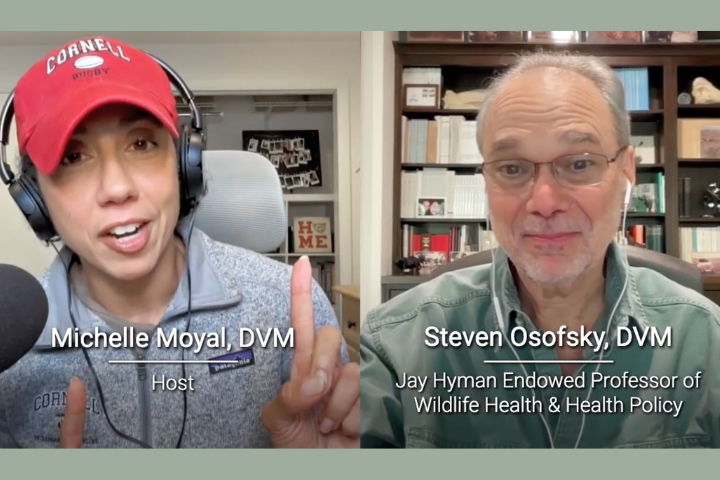
Podcast
October 16, 2025
Tune in to learn how Steve Osofsky, DVM '89, the Jay Hyman Professor of Wildlife Health & Health Policy and director of the Cornell K. Lisa Yang Center for Wildlife Health, helped establish the concepts of One Health, Planetary Health, and more....
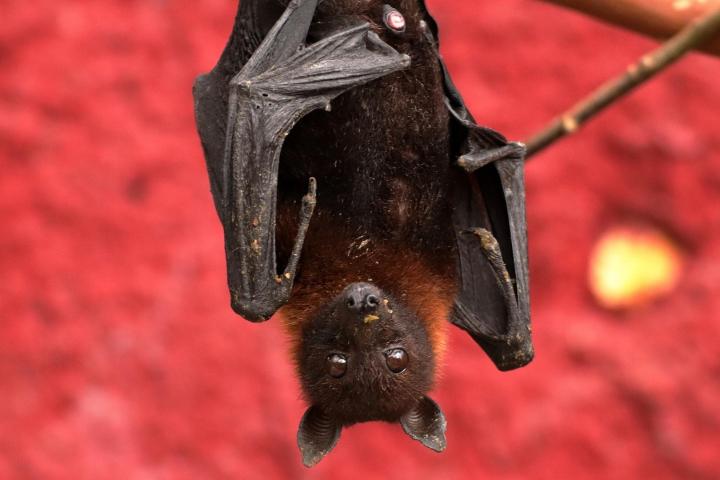
October 10, 2025
Cornell's Raina Plowright discusses her work, which focuses on the dynamics of viral pathogens in bats and how to prevent pathogen spillover to other species.
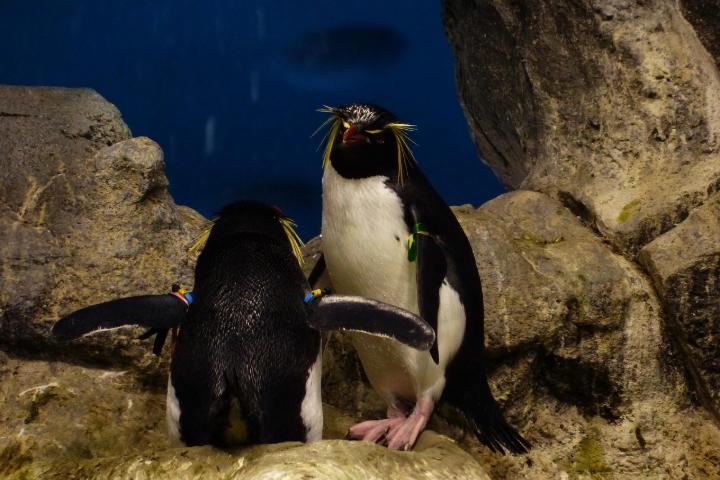
Podcast
October 09, 2025
Cornell's Dr. Jeff White shares his journey from bird-loving kid to penguin expert, exploring crested penguins, conservation challenges, and why public engagement matters more than ever.
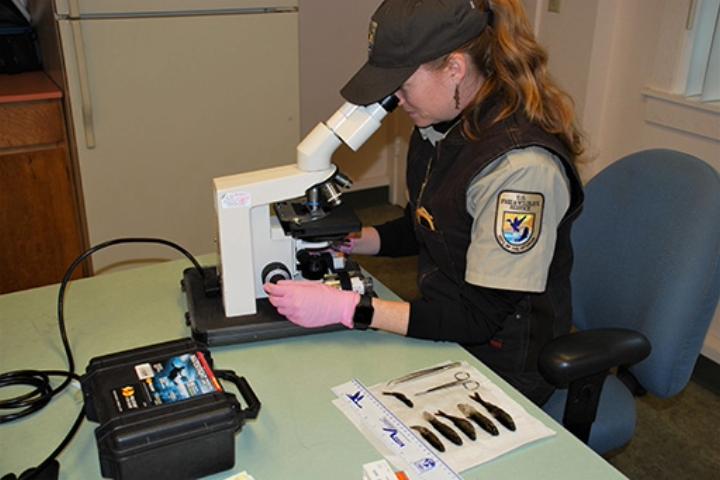
Blog
October 07, 2025
What Christine Parker-Graham, DVM, CertAqV, DACZM enjoys most about the field of veterinary medicine is the “unending potential that a DVM affords you." Parker-Graham is a graduate of UC Davis and completed a zoo, wildlife, and exotic medicine internship at Cornell...
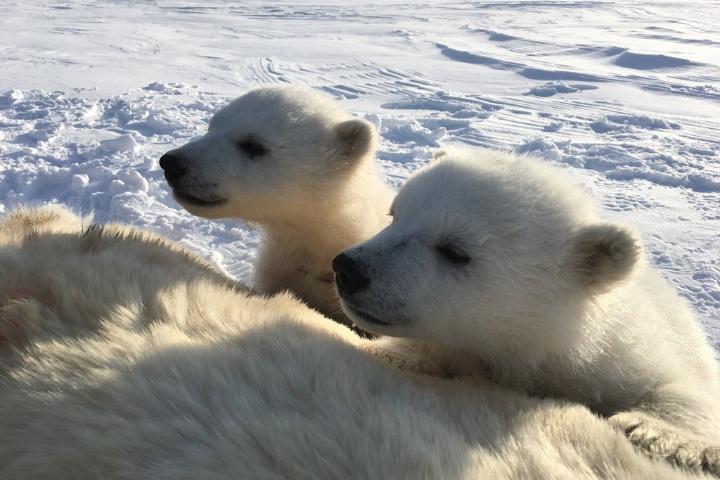
October 01, 2025
The newest Cornell K. Lisa Yang Postdoctoral Fellow in Wildlife Health, Dr. Kayla Buhler is developing biomarkers to measure stress in polar bears—offering a powerful new toolkit to assess environmental impacts and support conservation efforts.
